Types of varnish in spray cans
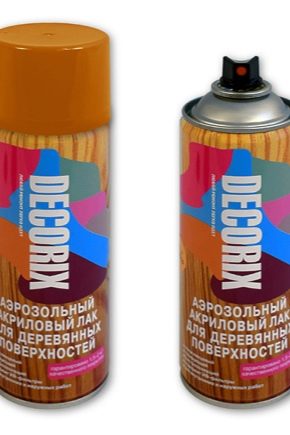
Aerosol varnishes are a special type of varnish mixtures that are distinguished by their simplicity and ease of use. Nevertheless, whoever first encounters the need to use such materials is very surprised to learn about the number of existing options for coloring compositions. Therefore, when purchasing such materials, it is worthwhile to familiarize yourself in detail with what types of varnish in cans exist and what are their differences.
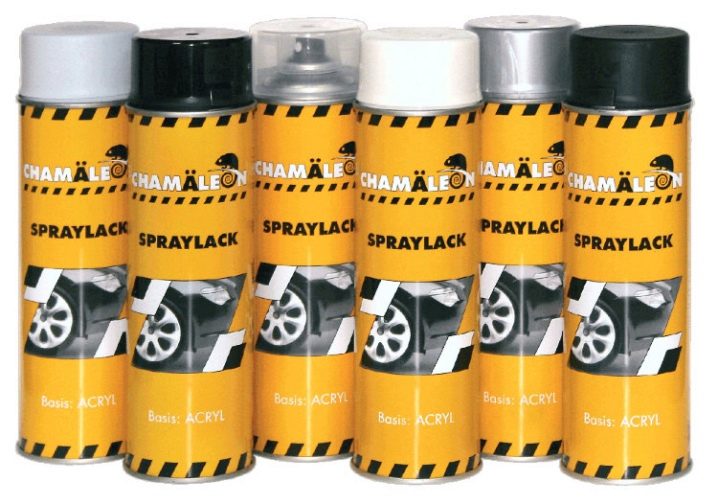
Advantages
Aerosol varnishes, regardless of the manufacturer, have a number of advantages.
- These formulations do not require dilution and mixing, they are ready for use from the moment they are purchased. To work with cans, you will not need extra waste on additional tools: brushes or rollers. Spray varnishes are available in small containers, which makes them a practical and mobile material.
- Often, aerosols in cans are a type of quick-drying liner product. Drying time is several minutes. Due to this property, smudges do not form on the treated surface.
- Spray varnishes are designed to be sprayed on various surfaces such as metal, brick, wood, plastic. They can cover both flat surfaces and hard-to-reach places, all kinds of protrusions and bends, for example, parts of a car that need to be updated, but it is very difficult to reach them. A striking example is the ceramic two-component CERAMIC varnish, which gives the surface a noble shine, protects the painted surface and increases its wear resistance.
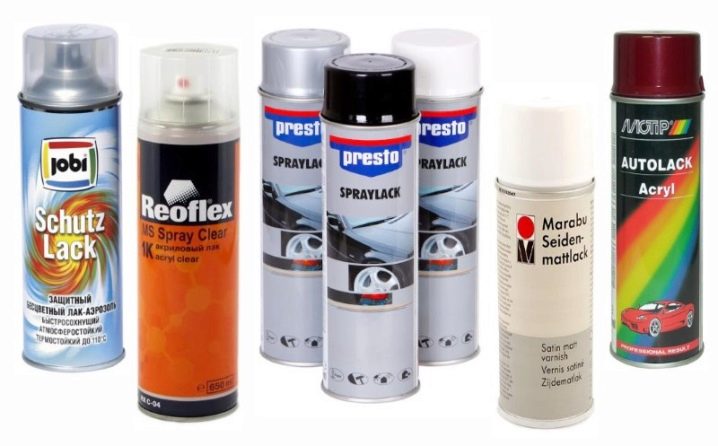
- Lacquer mixtures in cylinders are very easy to use. In order to use them, certain skills, experience and special working conditions are not required - it is enough to familiarize yourself with the instructions for use indicated on the cylinder. The consumption of funds will be minimal - this type of application of the facing material is considered the most economical. The coating layer will be uniform and uniform.
- These coatings have a reasonable price, although they are more expensive than conventional paints and varnishes.
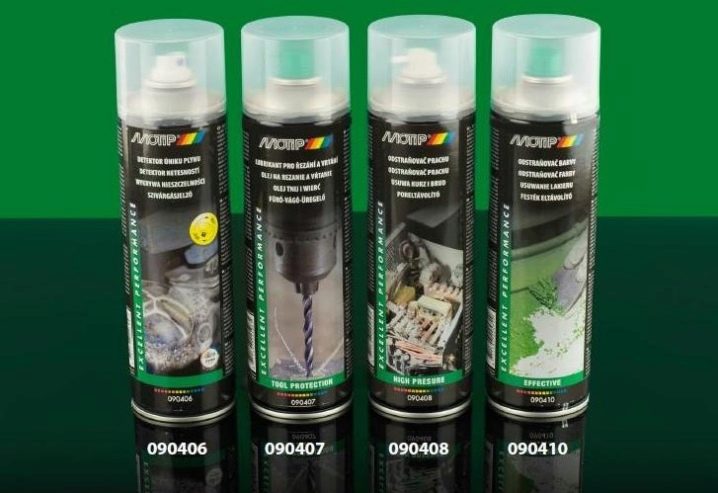
Any spray varnish has excellent physical and chemical characteristics, is highly resistant to moisture and various aggressive substances, as well as stability to temperature extremes. The surface painted with these means is considered to be completely protected from various types of mechanical and weather influences.
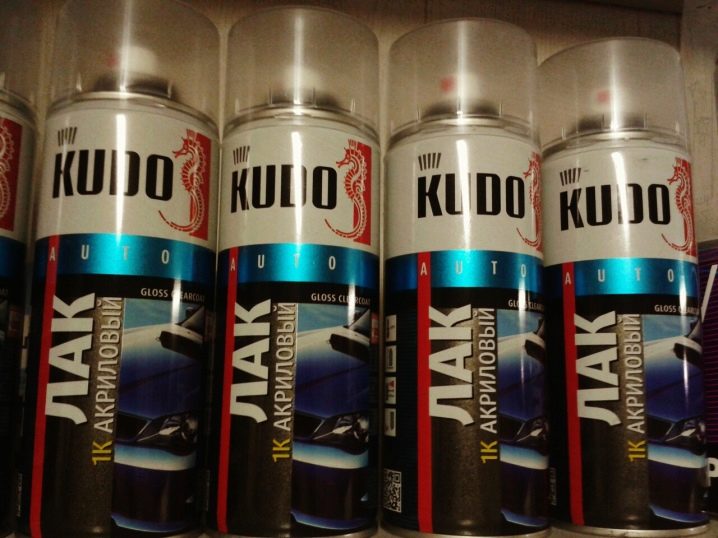
Varieties
There are several types of varnishes. Of these, it is worth highlighting two types of water-based: acrylic and polyurethane. The advantage of these sprays is their fire safety. In addition, they dry quickly enough, create a durable coating, practically do not have a specific pungent chemical odor, unlike paint.
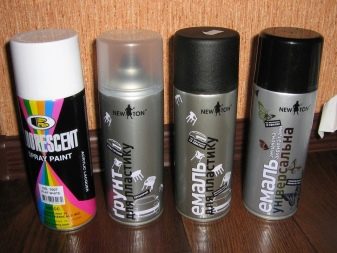
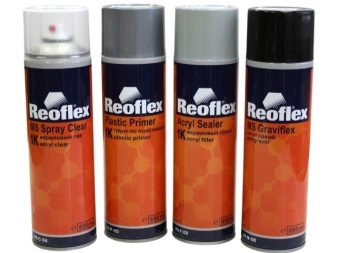
Polyurethane
Polyurethane varnish is a derivative of polyesters and diisocyanates. This coating is resistant to physical impact. It is divided into two types: one-component and two-component (only one-component formulations are used in aerosols). They can be water-based or alcohol-based.
Advantages of polyurethane varnishes:
- due to its composition, they do not form cracks after complete drying;
- do not exfoliate;
- create a durable coating;
- resistant to aggressive media and UV rays.
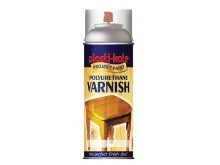
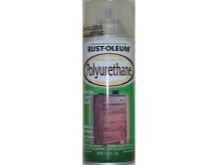

Acrylic
Acrylic varnish is a viscous, water-soluble liquid that is almost odorless.It is made from a liquid polymer or the so-called acrylic dispersion.
This coating has the following physical and chemical properties:
- drying occurs due to the evaporation of water, after which the coating forms a film that can protect it from various mechanical damage;
- after drying, the coating does not lend itself to the influence of any kind of liquid;
- acrylic film retains transparency and does not turn yellow under the influence of UV rays;
- applied to any surface, including brick and concrete;
- has good adhesion to well-cleaned surfaces.

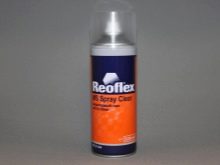

Nitrocellulose
Nitrocellulose varnish is a compound of resins, colloxylin, based on an organic solvent. Has a pungent odor, after drying it becomes safe for health. It can be used inside a dwelling - provided it is thoroughly ventilated. Drying period is one hour. The aerosol creates a durable coating with excellent protective characteristics and excellent decorative qualities.
Based on external characteristics, varnishes can be colored or transparent, matte or glossy. There is also a reflective aerosol that throws off light particles from glossy surfaces. Which product to choose for work is the business of each buyer. It all depends on the place of application, the type of surface to be painted and the expected results.
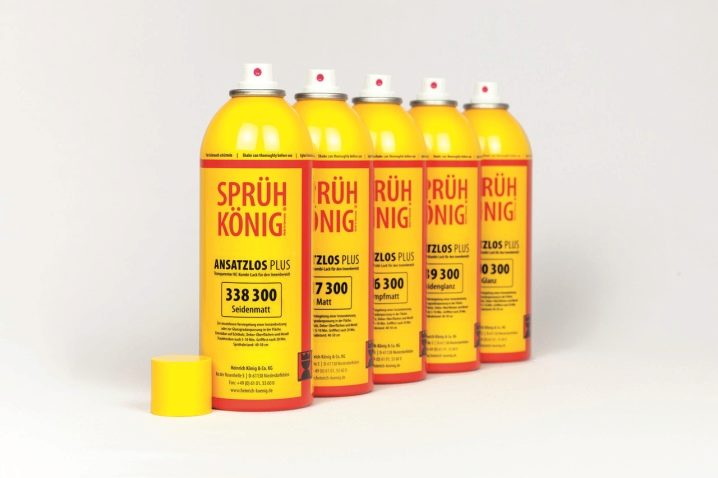
Application area
Regardless of the manufacturer, from the composition of the aerosol varnish, these sprays have a very wide range of applications.
Conventionally, three main areas of use of spray varnish can be distinguished.
- Automotive industry. The composition is most often applied to matte paints on plastic and chrome.
- At home. The universal composition can cover various pieces of furniture, accessories, fittings, toys, add shine to various surfaces, thereby creating works of art.
- Construction industry. They are widely used for coating various surfaces.
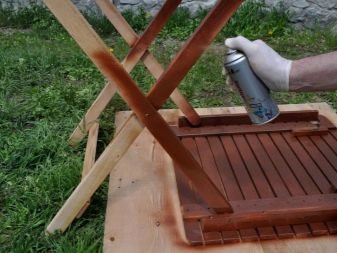

Application features
It is possible to use varnishes in spray cans without having a certain experience of working with them.
It is enough to follow a few simple recommendations.
- Shake the can well for 2-3 minutes before use. Its inner content can be sprayed onto the surface if the sound of a ball is clearly audible inside the cartridge.
- Before starting to coat the surface, the varnish should be sprayed into an inconspicuous spot for testing. If the surface to be painted has a black outer layer, then there is no need to worry: the appearance of the product after spraying the product will not suffer.
- The aerosol should be sprayed onto the surface from a distance of about 30 cm, the can should be held vertically.
- Apply spray chemical evenly. If necessary, you can reapply the coating, but only after a 10 minute pause.
- If a small amount of varnish is needed to cover the surface and the entire contents of the can has not been used, then the remainder can be left for the next time. However, the nebulizer must be cleaned. To do this, turn the can upside down and spray until the jet disappears.
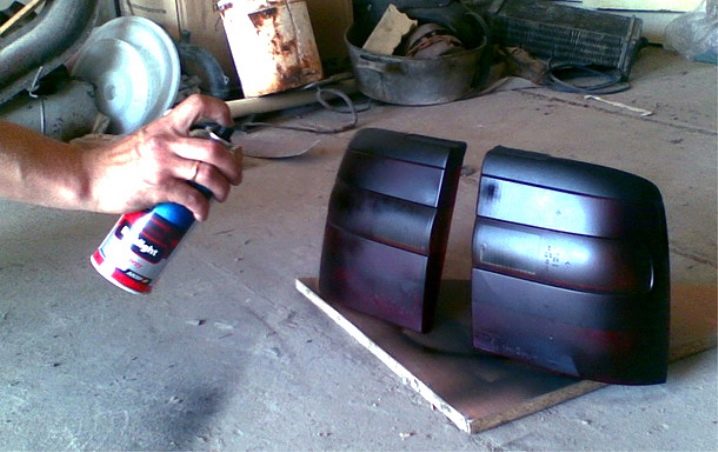
Before starting painting, it is worth studying the instructions and subsequently strictly adhere to the basic safety rules:
- when using varnishes on an organic basis, ventilation is required;
- do not spray a can near an open flame;
- it is necessary to have overalls, a mask for respiratory protection, goggles, gloves.
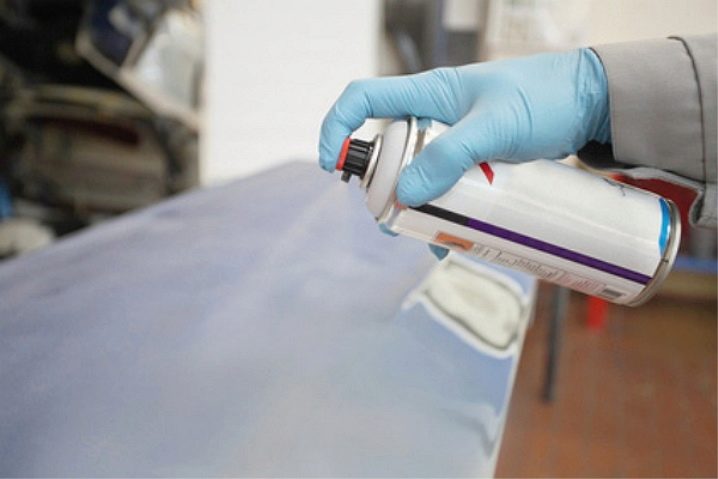
Water-based aerosol formulations do not require such strict safety measures - in this case, the use of a mask and glasses can be excluded.

After finishing work, you must wait until the surface is completely dry. At the same time, you need to take care that dust does not get on it during drying, and try to protect it as much as possible from possible mechanical damage.
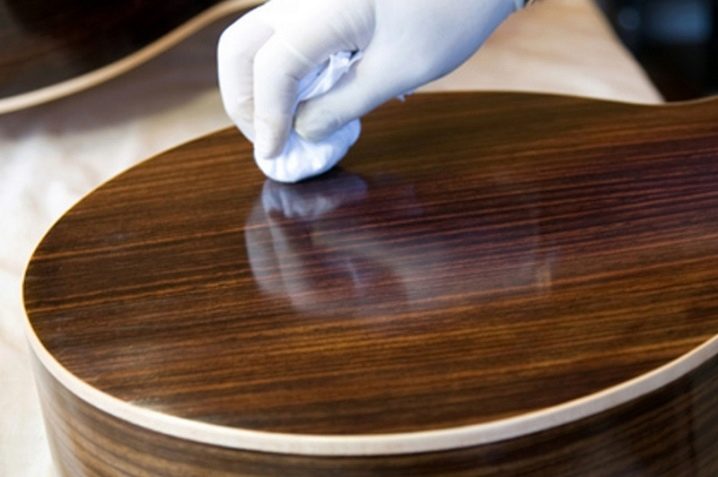
The following video shows you a short video overview of Body acrylic clear coat spray from HB.













The comment was sent successfully.